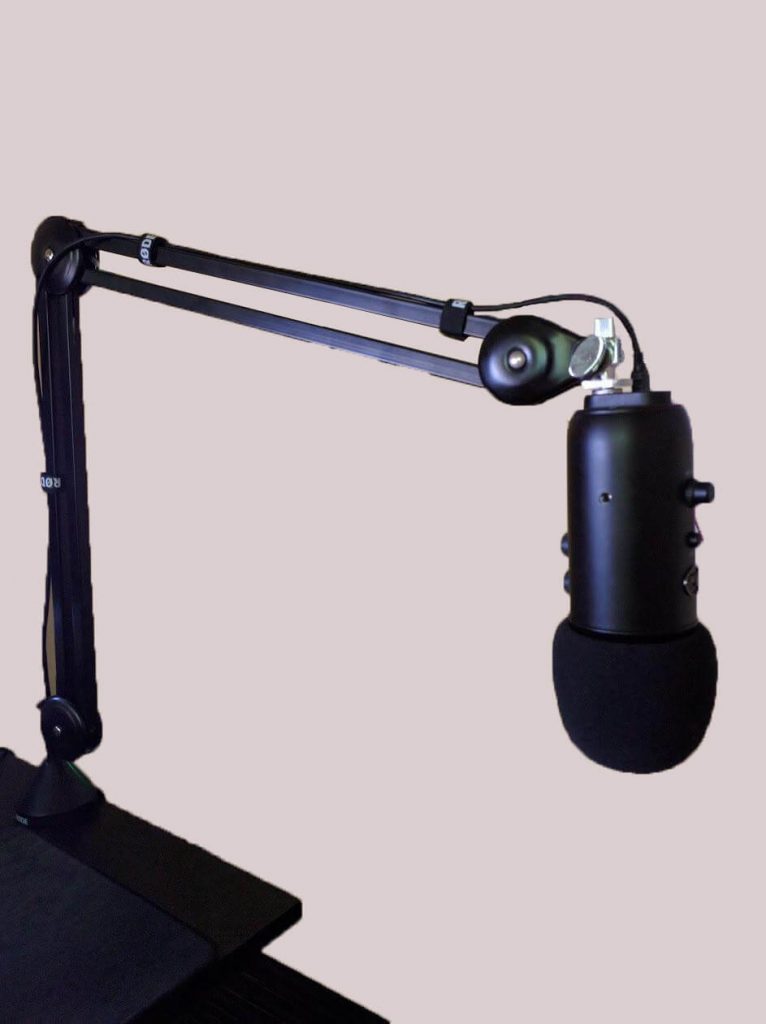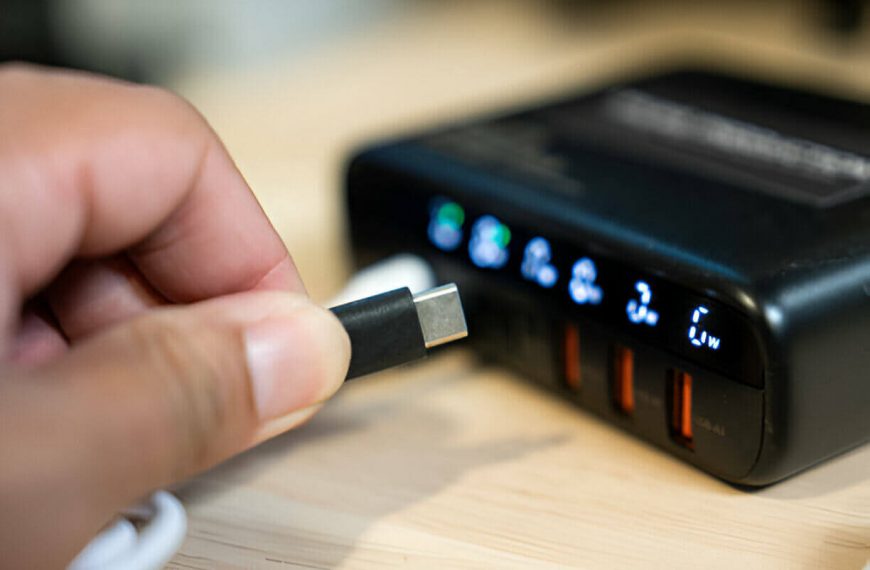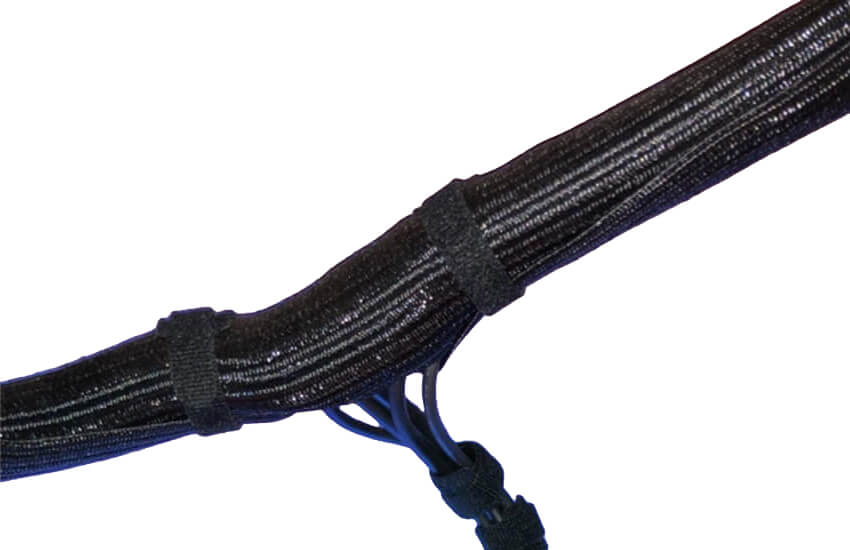Let’s be honest. We’ve all been there. One hand on your mic, the other holding a coffee cup, and that wobbly arm you got off a budget bundle starts sagging like a tired waiter. It’s frustrating. If your mic setup makes you work harder than it should, you’re not the problem. Your boom arm is.
Enter the RODE PSA1. It’s not new. In fact, it’s kind of a veteran in the studio hardware world. But the big question is—does it still hold up?
I spent several weeks living with this thing. Here’s how it handled the chaos of real life.
Why This Boom Arm Still Gets All the Attention
There’s a reason people still whisper about the PSA1 on forums like it’s a mythic beast. It’s known for being silent, steady, and built like someone actually cared. Streamers use it. Podcasters swear by it. Voice actors toss one in their home studios like salt in a good recipe.

But in an era of overhyped gear, is the PSA1 just coasting on its legacy?
Let’s get into it.
Out of the Box
The packaging doesn’t waste time. Inside, you get:
- The boom arm (fully assembled)
- Desk clamp and grommet mount
- Thread adapter (3/8″ to 5/8″)
- Velcro cable wraps
There’s no foam cradling or luxury presentation. It’s practical, not pretty.
But what matters is the metal. And there’s a lot of it.
The arm feels solid—no rattles, no loose joints. Each hinge moves with just the right resistance. There’s a touch of grease at the elbow joints. Not sloppy, but just enough to make it glide.
Build and Feel
This is a two-part, spring-loaded arm. No plastic. No painted-on chrome pretending to be steel. You get industrial-grade black paint over full-metal tubing. It doesn’t scream for attention, but it’s not going to disappear into the desk either.
There’s one spring per arm section, mounted internally. That means less noise. Less dust. Fewer things to poke your finger on.
I mounted it using the standard desk clamp. The grip is wide and thick—some may find it a little too aggressive if your desk is shallow. But once clamped, it doesn’t move. Period.
The grommet mount works fine too if you’re into clean desk holes.
Specs Breakdown
Here’s what you’re actually working with:
- 32-inch horizontal reach
- 33-inch vertical reach
- 360-degree swivel at the base
- Supports mics up to 2.4 lbs
- Works with standard mic threads (3/8” and 5/8”)
- Cable management via velcro ties (no internal routing)
Numbers aside, what does that mean?
It means you can mount a Shure SM7B, an AT4040, or even a Blue Yeti if you’re feeling nostalgic. And it won’t sag mid-recording.
Real-World Use
Smooth Moves
This thing moves like it’s on tracks. There’s no sudden lurching or noisy bouncing. Push it away, it stays. Pull it in, and it settles like a seasoned news anchor.
It doesn’t fight you. And it doesn’t do that annoying “slow rise” some cheap arms do after you walk away.
You can hear the lack of movement on playback. No creaks. No squeaks. Nothing for your noise gate to chase.
Silent Type
The internal springs are the quiet MVPs here. You’d think they’d squeal over time, but I’ve had zero issues after weeks of daily use.
A couple of users online mentioned occasional creaks under heavy strain. If you’re maxing out the weight limit, maybe. But unless your mic has a gravitational pull, you’ll probably be fine.
Cable Wrangling
RODE includes velcro ties. They’re fine. Functional. Not fancy.
But yeah, this model doesn’t have internal cable routing. That’s something RODE added on the newer PSA1+. If visual clutter bothers you, consider adding a sleeve or grabbing some magnetic clips.
Pros
- Sturdy and stable, no wobbles
- Completely silent during motion
- Handles heavier mics with zero complaints
- Adjustable height and angle, doesn’t drift
- Clamps like a vice grip—great for standing setups
Cons
- No built-in cable path
- Desk clamp takes up a bit of real estate
- Price isn’t low (but you get what you pay for)
- Slight learning curve to mount heavier mics evenly
Compared to the Competition
PSA1 vs Heil PL-2T
The Heil looks great and feels pro. But it’s a little stiffer, and multiple users have noted that it tends to creak over time. The RODE just stays quieter longer.
PSA1 vs Blue Compass
Blue Compass is stylish, and the internal cable routing is a nice touch. But its adjustability isn’t as forgiving, and it struggles with heavier mics. Also, some Compass arms lose grip over time.
PSA1 vs Budget Boom Arms
No contest. Budget arms sag, creak, and sometimes snap altogether. If you’re using a USB mic for the occasional Zoom call, fine. Otherwise? You’ll replace them in six months.
Maintenance and Longevity
Not much to do here.
- Wipe it down occasionally
- If it creaks, add a little light oil at the hinge
- If it ever loosens, use an Allen key to tighten the tension bolts
I’ve seen units last 5+ years with no signs of wear. It’s the kind of gear you forget about because it just works.
Who Should Actually Buy This?
If you’re podcasting weekly, streaming daily, or voice acting from home—yes, grab one.
If you’re using a heavy XLR mic that keeps drifting—this is your fix.
If your setup needs to look clean and stay reliable—yep, it earns its place.
But if you’re just hopping on Zoom twice a week with a lightweight USB mic? Save the cash. Grab something simpler. The PSA1 isn’t for occasional users. It’s for people who want their mic exactly where it should be, every time.
PSA1+ – Is It Worth the Upgrade?
PSA1+ is basically the same frame with quieter springs and internal cable channels. If you like that clean look and don’t want velcro ties flapping around, go for it.
Otherwise? The classic PSA1 still gets the job done just as well.
Final Take
The RODE PSA1 isn’t flashy. It doesn’t scream for attention. What it does is show up, shut up, and hold your mic steady day after day. It’s like the studio equivalent of a good pair of boots—no one compliments them, but they’re the reason you don’t slip on your face.
If you’re serious about audio and tired of mic arms that sag, squeak, or shake, this one earns its keep.
Would I recommend it?
Without a doubt.












